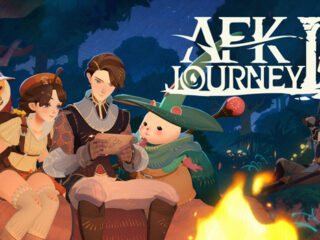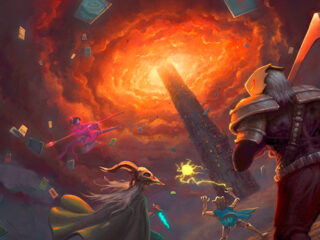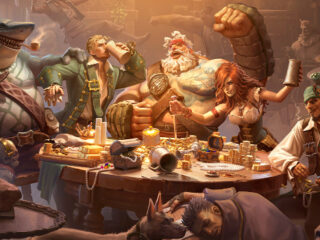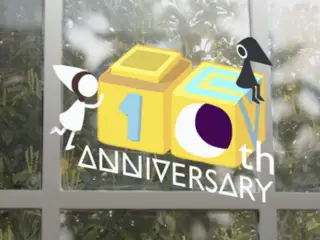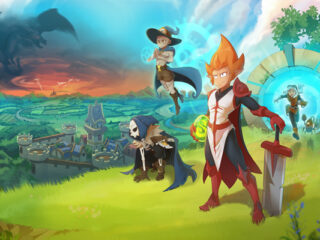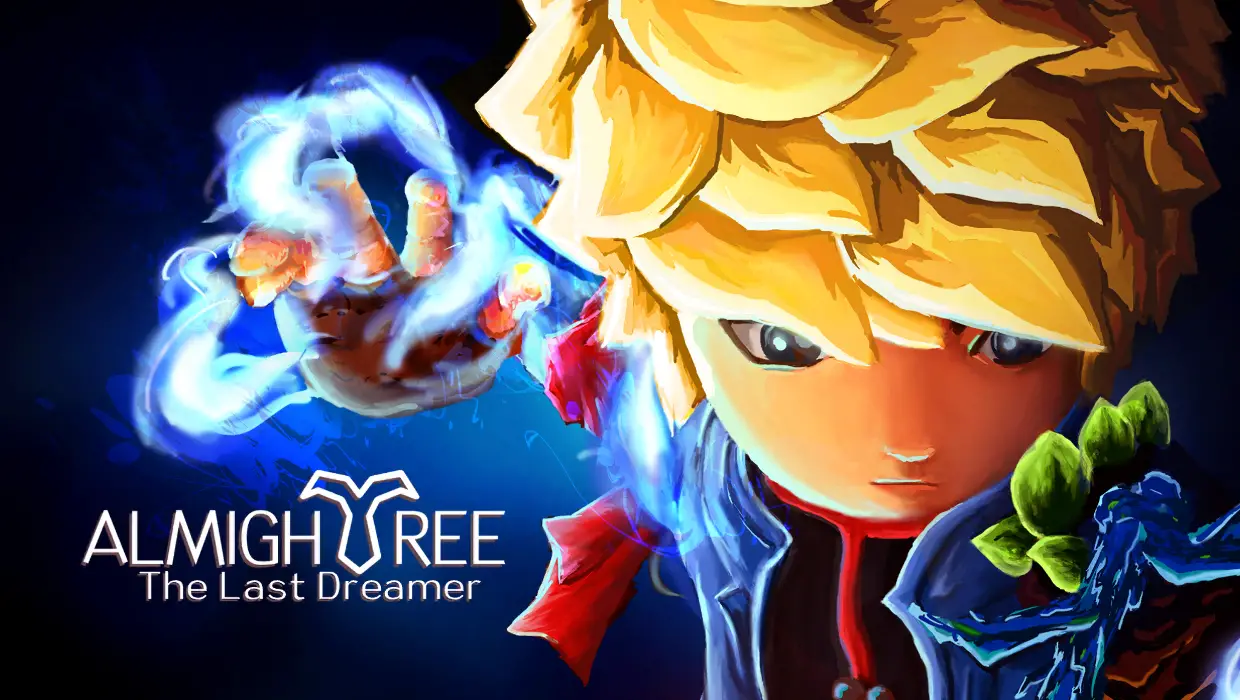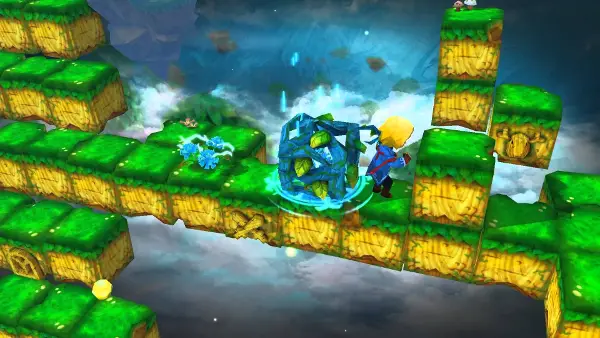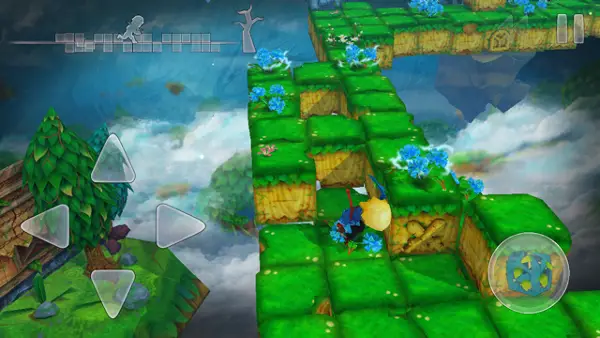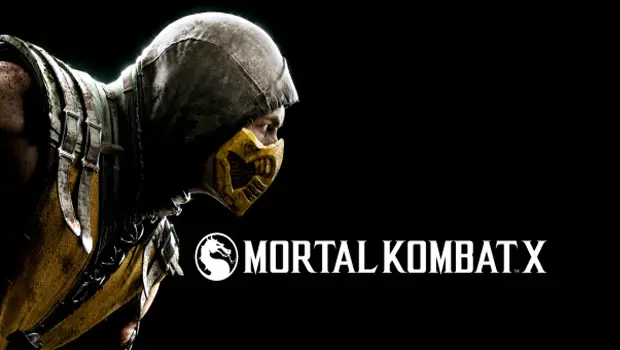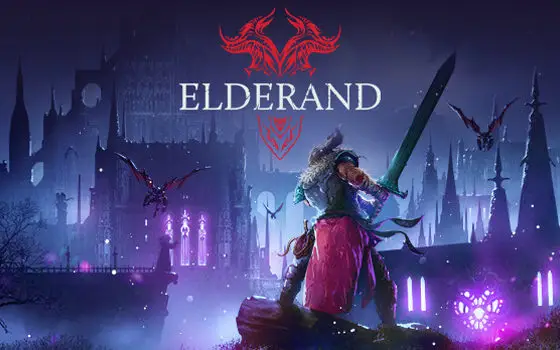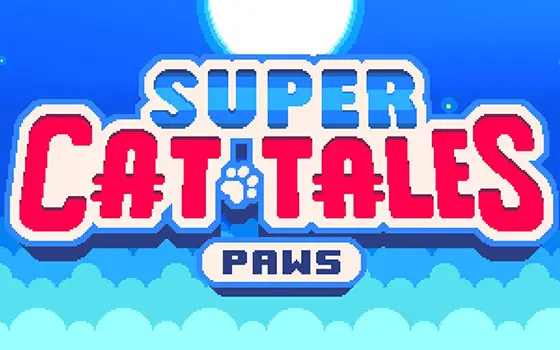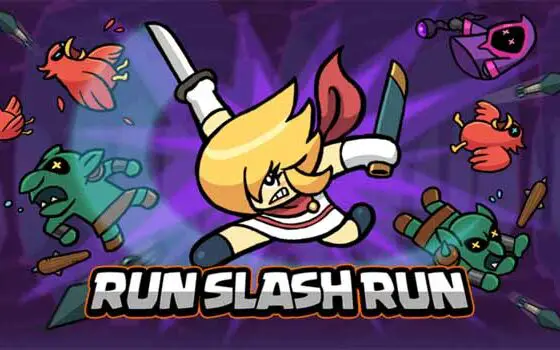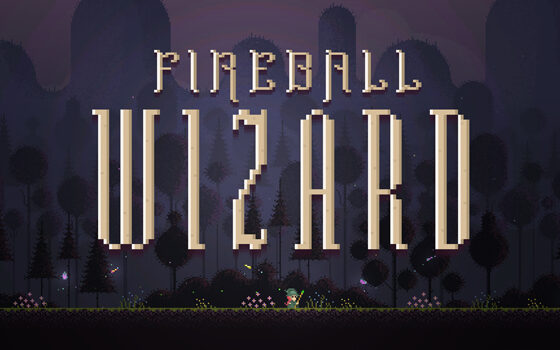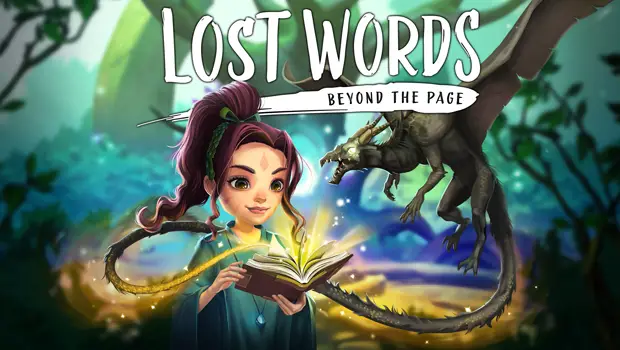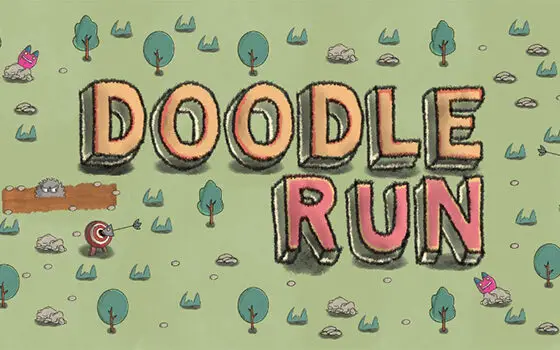 I’ve talked at length about the problems with platformers on mobile. Virtual buttons just don’t seem to have the precision that’s required of traditional twitchy action games like Super Mario Bros. And of course, any problems with 2D platformers are only compounded in 3D. The best mobile platformers are conscious of this. They’re usually slower, more methodical, with a focus on puzzles rather than action. Chocoarts, the team behind Almightree has clearly considered all of this and created something that feels like it was designed from the ground up to solve all these problems.
I’ve talked at length about the problems with platformers on mobile. Virtual buttons just don’t seem to have the precision that’s required of traditional twitchy action games like Super Mario Bros. And of course, any problems with 2D platformers are only compounded in 3D. The best mobile platformers are conscious of this. They’re usually slower, more methodical, with a focus on puzzles rather than action. Chocoarts, the team behind Almightree has clearly considered all of this and created something that feels like it was designed from the ground up to solve all these problems.
In Almightree, you play as a young mage trying to keep his world from literally falling apart. This world is made of grassy cubes, crumbling away over time. In order to stop this, he has to find and grow the seedlings of the Almightree, a natural force that holds the world together. In each level, the mage must reach the seedling at the end before the ground falls out from under his feet.
The main reason that Almightree is so successful is that it uses these discreet cubes to compose each level. Tapping one of the four directional buttons will move the mage exactly one cube, and it is impossible to make him run off the edge. Thanks to these constraints, your focus can rest solely on solving the game’s puzzles, which also make great use of the cubes.
The mage’s main ability is something called “Plantsportation.” By looking in a direction and tapping the action button, you place a thorny outline of a block. Then, you face the block that you want to move, tap the button again, and it teleports into the outline. Most of the puzzles involve making bridges or steps by moving blocks. Imagine Minecraft as a puzzle game.
Eventually, there are metal blocks that cannot be moved (it’s not called “metalsportation!”) and patches of electrified flowers that will slow you down if they zap you. These are supposed to apply a little more urgency to the time limit of the world crumbling behind you, but being forced to stop moving is mostly just an annoyance. In later levels, there are thorn bushes that block your path until you place a garlic block adjacent to them, which is probably the most interesting added mechanic.
The twenty levels in the game are well-tuned, introducing new features regularly, and slowly putting on the time pressure. Normal difficulty is a great way to learn, but the real challenge begins in hard mode, which has a tighter time constraint and adds secondary objectives, like par times and extra collectibles. I ended up wishing that I had played on hard from the beginning, just for the added draw of those objectives.
The game’s art style reminds me of Bastion, partly because of the crumbling, cubic world, but also for its bold colors. The models are all low-poly and won’t tax your device, but the textures have great cartoony appeal. If I have any gripes, it’s that the structure of the game keeps it from feeling memorable. The levels are totally separate from one another, with only beginning and ending cutscenes to tie things together. Twenty levels also feels a bit short, not for the $2 price tag, but simply because I wanted more.
The end cutscene hints at a new environment and possibly new levels to come, but until then, Almightree is definitely worth checking out. As long as shock flowers and cannon fire aren’t impeding your progress, the game is thoughtful fun. If only someone could’ve come up with better portmanteaus than “Almightree” and “Plantsportation.”
Is it Hardcore?
Yes.
Almightree is the one great mobile 3D platformer. It just needs a little more content to feel like an essential experience.


